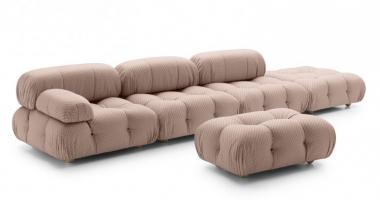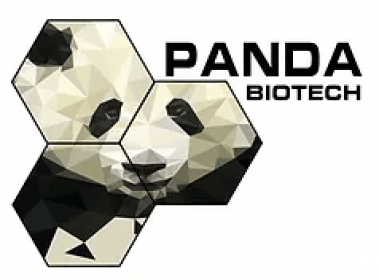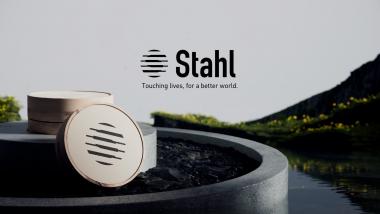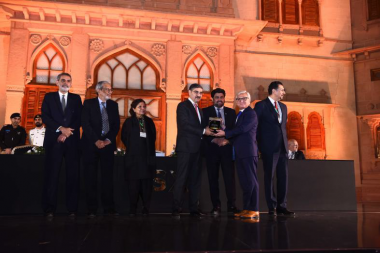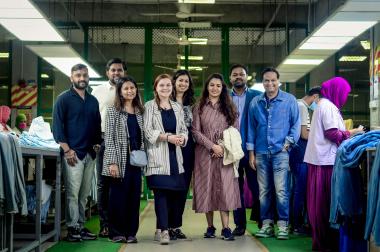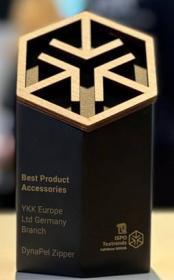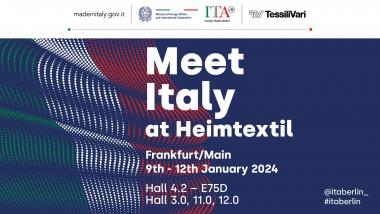Stella McCartney X B&B Italia: Launch of iconic sofa system
B&B Italia unveiled a special edition Camaleonda, the iconic sofa system by Mario Bellini, adorned in a brand-new fabric designed by Stella McCartney – platforming her S-Wave monogram. Marking the second chapter of the partnership between the British conscious luxury pioneer and the Italian design house, the collaboration was launched at Art Basel Miami Beach on 6th December 2023 as part of an installation at B&B Italia Design Studio’s grand opening. The Camaleonda is crafted from nearly entirely sustainable materials, materialising both brands’ nature-positive visions.
The partnership between B&B Italia and Stella McCartney was born of Stella’s long-time personal passion for Bellini’s works and started in 2022 with the Le Bambole armchair. It evolves now with the new version of Camaleonda, the sofa system originally designed in 1970, which made its comeback 50 years later in 2020 - speaking a contemporary language between structural solutions and sustainable choices.
The brand-new Stella McCartney X B&B Italia Camaleonda introduces the latest printed fabric “S-Wave”, which is the result of a next-generation sustainability innovation introduced by the design company’s R&D team. The S-Wave upholstery, available in two different colours, is based on OceanSafe naNea yarn, which is verified to be biodegradable, Cradle to Cradle Certified® Gold and does not contain harmful substances. The material does not shed persistent microplastics into the environment, however, performs like conventional materials.
B&B Italia


